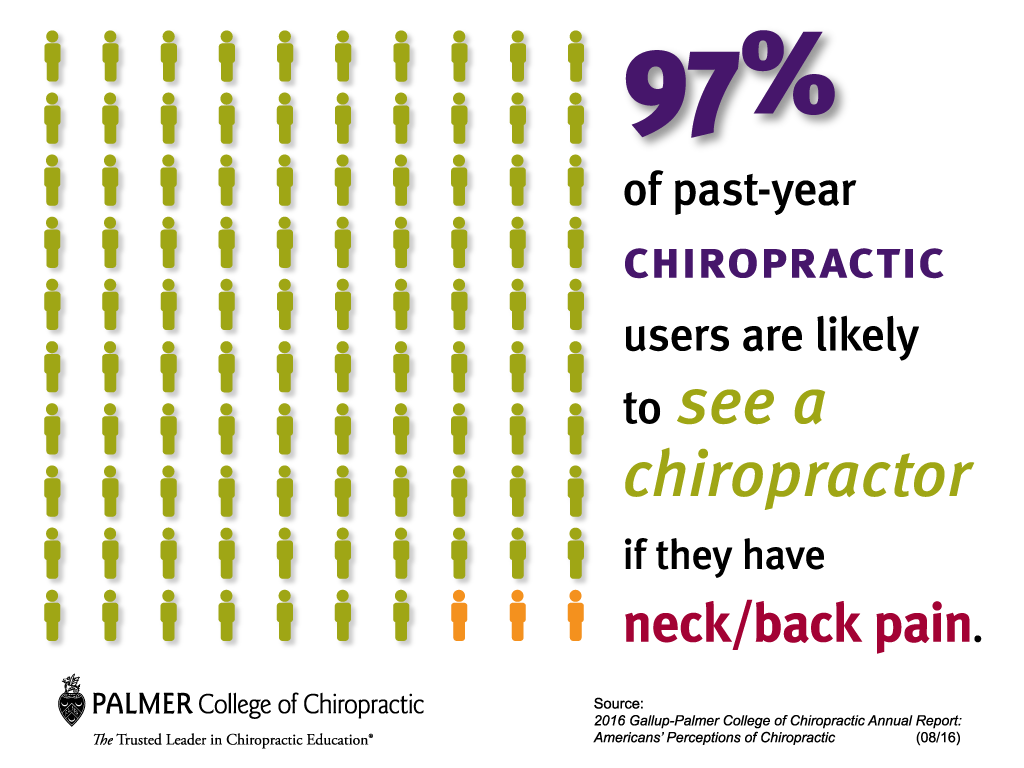Preserving correct stance and avoiding common pitfalls in daily activities can considerably impact your back wellness. From exactly how you sit at your desk to how you lift heavy objects, tiny changes can make a big distinction. Imagine a day without the nagging pain in the back that prevents your every move; the remedy might be less complex than you think. By making a couple of tweaks to your day-to-day habits, you could be on your way to a pain-free presence.
Poor Stance and Sedentary Way Of Living
Poor posture and a less active way of living are two significant contributors to pain in the back. When you slouch or hunch over while resting or standing, you put unneeded stress on your back muscles and back. austin preferred integrative medicine, bee caves rd, austin, tx can result in muscle mass inequalities, tension, and eventually, persistent neck and back pain. In addition, sitting for long periods without breaks or physical activity can deteriorate your back muscular tissues and result in rigidity and pain.
To combat inadequate posture, make a conscious initiative to sit and stand straight with your shoulders back and straightened with your ears. Keep in mind to maintain your feet level on the ground and prevent crossing your legs for extended durations.
Integrating normal extending and enhancing exercises right into your everyday routine can also aid boost your position and reduce back pain related to a sedentary way of living.
Incorrect Training Techniques
Incorrect training techniques can substantially add to pain in the back and injuries. When you raise heavy objects, remember to flex your knees and utilize your legs to raise, as opposed to depending on your back muscular tissues. Avoid twisting your body while training and keep the item near your body to reduce strain on your back. It's vital to maintain a straight back and stay clear of rounding your shoulders while raising to avoid unneeded pressure on your spine.
Always assess the weight of the object before lifting it. If it's too heavy, ask for help or usage devices like a dolly or cart to transport it securely.
Remember to take breaks throughout raising tasks to offer your back muscles a chance to rest and stop overexertion. By executing proper training techniques, you can prevent pain in the back and minimize the threat of injuries, ensuring your back remains healthy and strong for the long term.
Lack of Normal Workout and Stretching
A less active way of life without routine exercise and stretching can substantially add to pain in the back and discomfort. When you do not take part in exercise, your muscle mass end up being weak and stringent, bring about bad posture and increased pressure on your back. Regular workout helps strengthen the muscle mass that support your spine, enhancing stability and minimizing the risk of back pain. Integrating extending into your regimen can also boost versatility, protecting against rigidity and discomfort in your back muscle mass.
To stay clear of pain in the back brought on by an absence of exercise and extending, go for a minimum of thirty minutes of moderate exercise most days of the week. Include workouts that target your core muscle mass, as a solid core can help alleviate stress on your back.
In addition, take breaks to stretch and relocate throughout the day, particularly if you have a desk job. Easy stretches like touching your toes or doing shoulder rolls can help soothe tension and prevent pain in the back. Focusing on Visit Home Page and stretching can go a long way in keeping a healthy and balanced back and reducing discomfort.
Verdict
So, bear in mind to sit up directly, lift with your legs, and remain energetic to stop back pain. By making easy adjustments to your daily behaviors, you can stay clear of the pain and limitations that come with neck and back pain. Care for your back and muscle mass by practicing good pose, correct lifting techniques, and normal exercise. Your back will certainly thank you for it!
